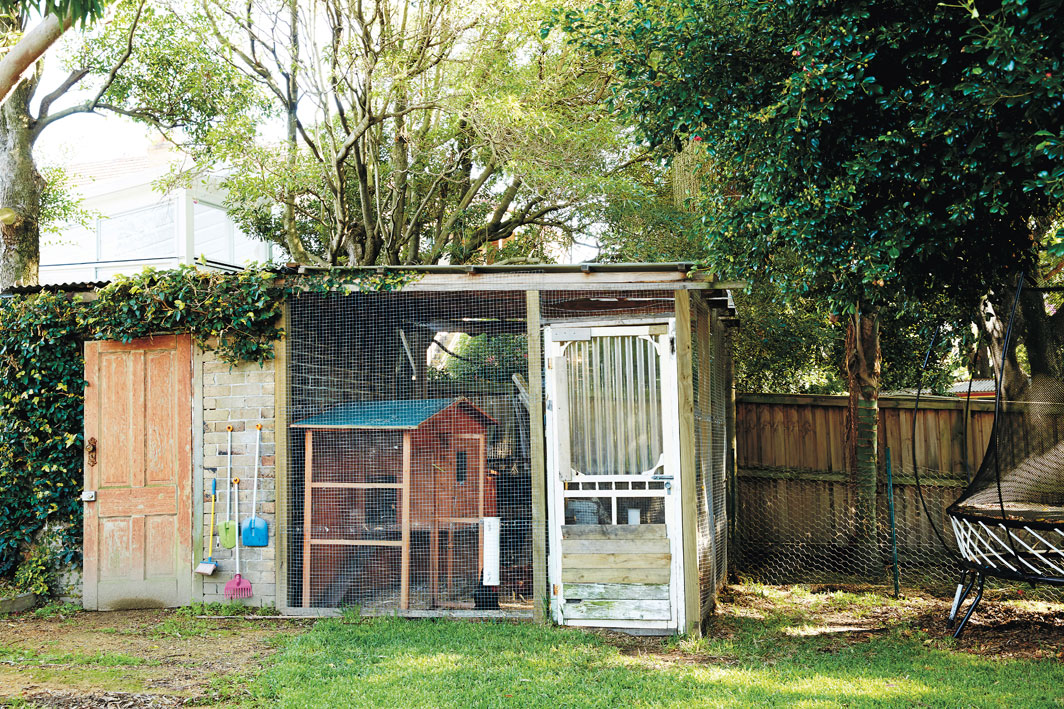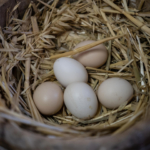
12 Aug Pandemic chook care 101: How to care for your new pet hens
The term being ‘cooped up’ has taken a whole new meaning for Aussies during the COVID- 19 pandemic as chickens become a family favourite in the pets department. In fact, Google reported that search terms for ‘live chickens’ were at an all-time high over the last five years in Australia.
Here are some top tips for caring for your new feathered friends:
How much room do chickens need?
We like to say that as a general rule, chicken coops need roughly two to three square foot per chicken and 8-10 square feet for the chicken run. If you have roughly five chickens, you would need at least 15 square feet in the coop house. But for the chicken run, the more square feet the better.
If you don’t allow adequate space for a flock of chicken, many issues can arise, such as pecking, bullying, stress and in some instances even death.
What should you feed your chooks?
A balanced diet is vital to ensuring your hens stay happy and healthy. The main component of their diet should be layers pellets or layers mash, as they are packed with all the essential minerals and nutrients. It’s also important to ensure they have grit in with their food – this allows the chooks to break down their food and digest properly.
You can provide the feed in a dispenser or scatter their food in their chicken run to encourage natural foraging behaviour. Raw fruits and vege scraps can also be given daily with fresh water.
Avoid feeding them high salt foods or any food that’s spoiled. Types of foods to avoid include; raw potato, citrus, avocado, chocolate, onion and garlic. A lack of appetite from your chooks can mean something might be wrong – so it’s always best to consult with an expert if this is a case.
What type of shelter is best?
Things to consider when considering keeping backyard chickens are space, weather, cleanliness and security. The coop or hen house should be dry, draft free, have good ventilation and provide a great amount of shelter from the rain and wind. The house should be positioned so that it gets the morning sun but isn’t too warm in the afternoon. Nest boxes are also required for hens to lay eggs and nest in. A dark inside area of the coop is always best and allow roughly 2-3 boxes for five hens. Perches are also great for hens to roost on, ideally to be made out of timber and about 50cm from the floor of your coop.
How do you keep your chooks safe from predators?
Living in Australia, predators are a big concern with foxes, snakes, feral cats and dogs all a daunting reality for chook keepers.
- Secure your coop, checking for even the smallest hole in a corner or roofing
- If you have a run, ensure you use hardwire mesh and dig it in so that predatorscan’t dig under
- You can use lights to scare away predators, but foxes, in urban areas in particular, won’t always be deterred
- You should give everything a monthly check up, but during warmer months, when predators are more active, make it weekly
- You might want to invest in a ChickenGuard, a neat little box that automatically opens the coop door with timers and sensors in the morning and shuts it at night. Keeping predators out and letting you get a lie in.
Why hasn’t my chicken laid eggs?
There are many reasons why your chickens might not be laying eggs. Its best to give them time to settle in and adjust to their new environment. Stress is a big factor – whether it’s moving to a new coop, lack of water or changes to the pecking order. It can take up to six weeks for a chicken to adjust to a new coop.
Hens are more likely to lay more in warmer months when the days are longer. When it’s winter in Australia, some people tend to add an electric light to their coop to keep their hen in egg production. However, this can reduce their laying lifespan.
I want more chickens, what breed is best?
For companionship: Breeds such as the Pekin Bantam are a great choice, as they are smaller, take up less space and are happy to be handled. If you have more time to spend on making a fuss of your pets, the Silkie is a great choice. This chicken has fur-like plumage, which is both charming and grooming-intensive, as it requires regular washing and brushing.
For location and space: If you are lucky enough to have a small holding, the Welsummer range is a great choice, with its iconic look and calm personality. The availability of space will come in handy, as they are keen foragers and thrive in a free-range setting.
However, if you have a green thumb and would like to protect your flower or vegetable garden from intrusion, Buff Opringtons would make a better fit. They are large pure breeds, which means cannot fly over fences and they have a gentle nature so while they do roam around, they are not keen grazers and will likely leave your garden untouched.
For the time investment: If you frequently commute long distances to and from work, it is worth looking for a breed that requires little maintenance and attention. Hybrid breeds such as the Rhode Island Red and the Black Rock have resulted from mixing traits from a few different breeds, resulting highly active yet tame birds. They are known for the amount of eggs they lay throughout the year, which means they require more feed to satisfy their big appetite.
This information provided has been provided by ChickenGuard,






